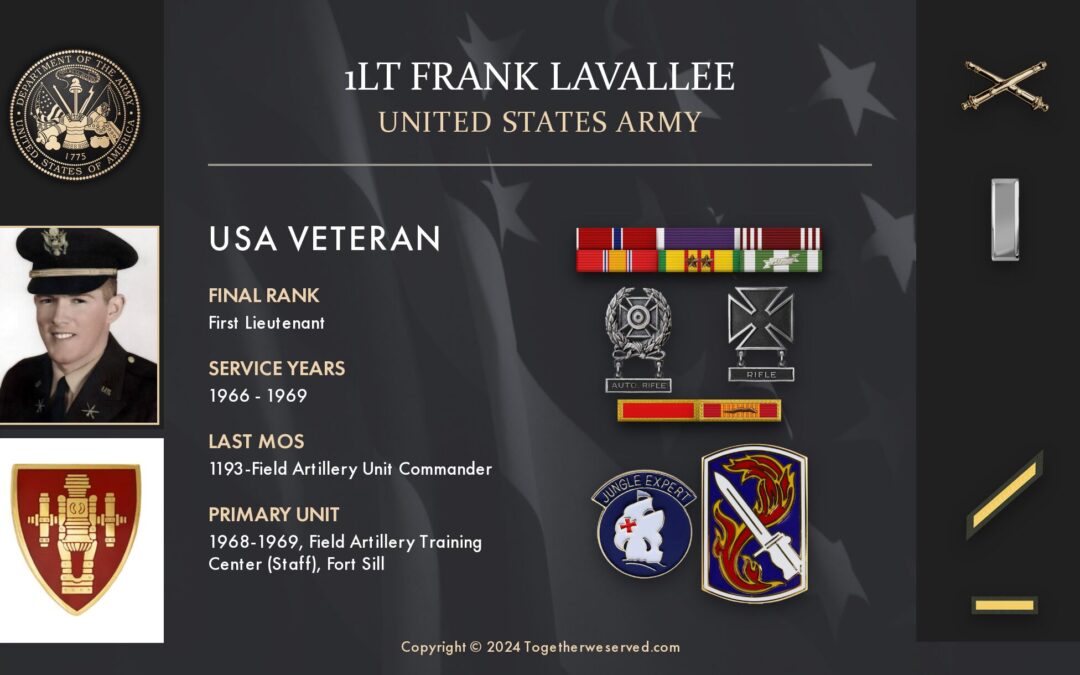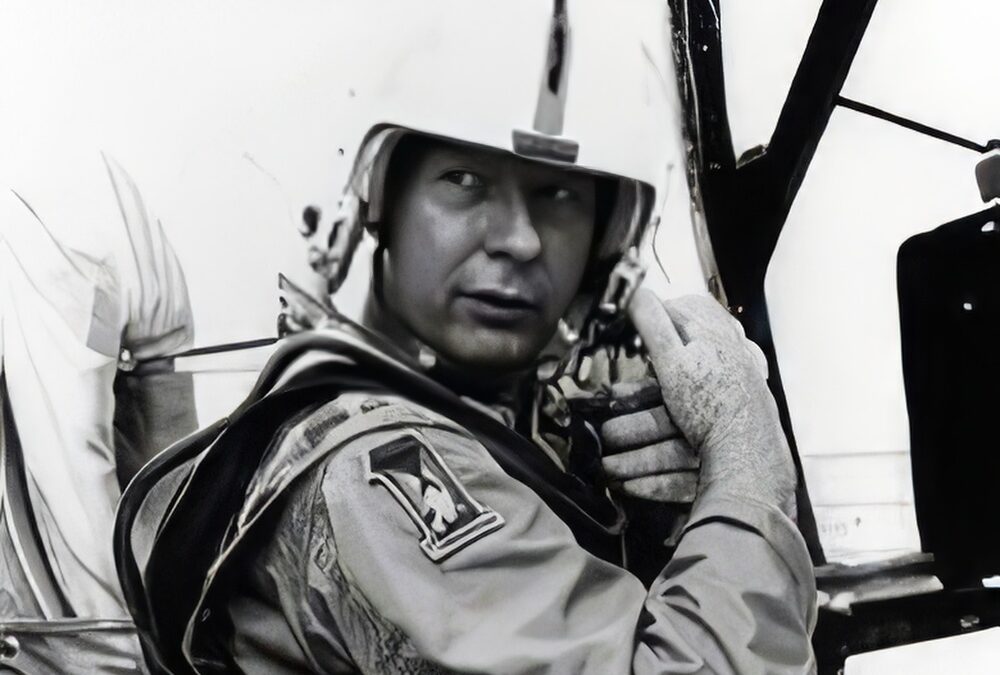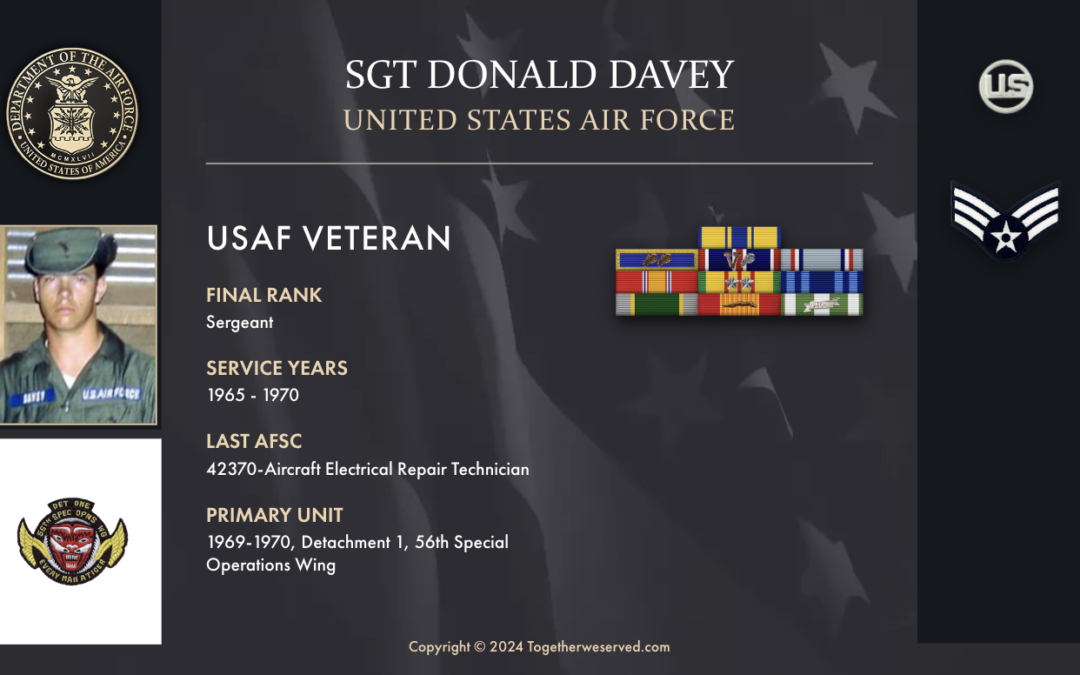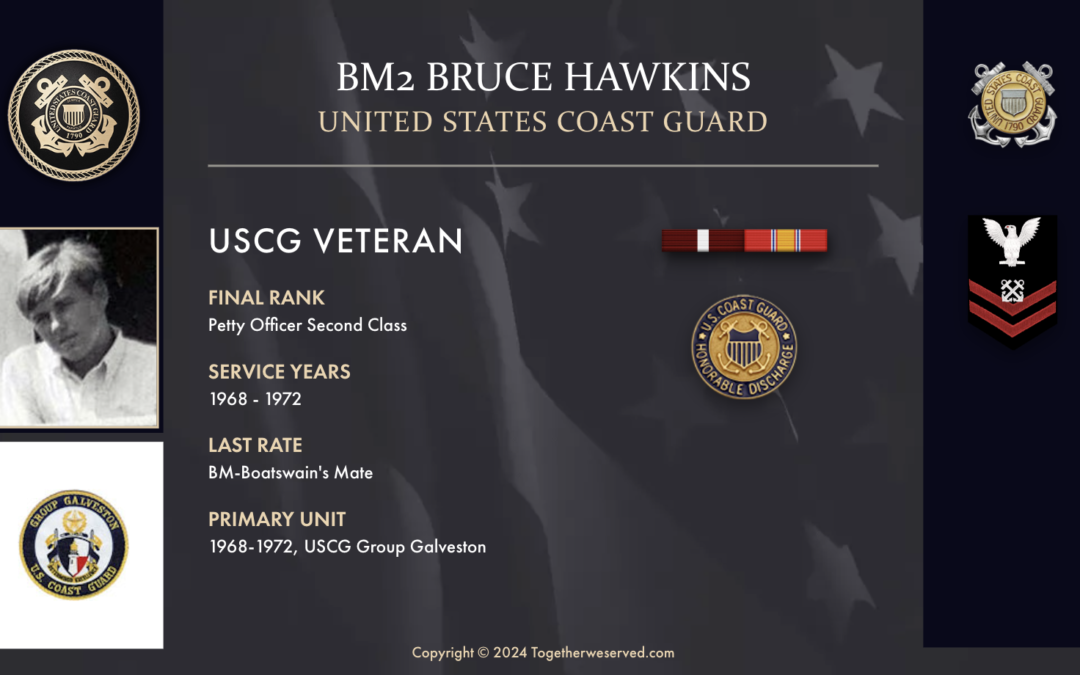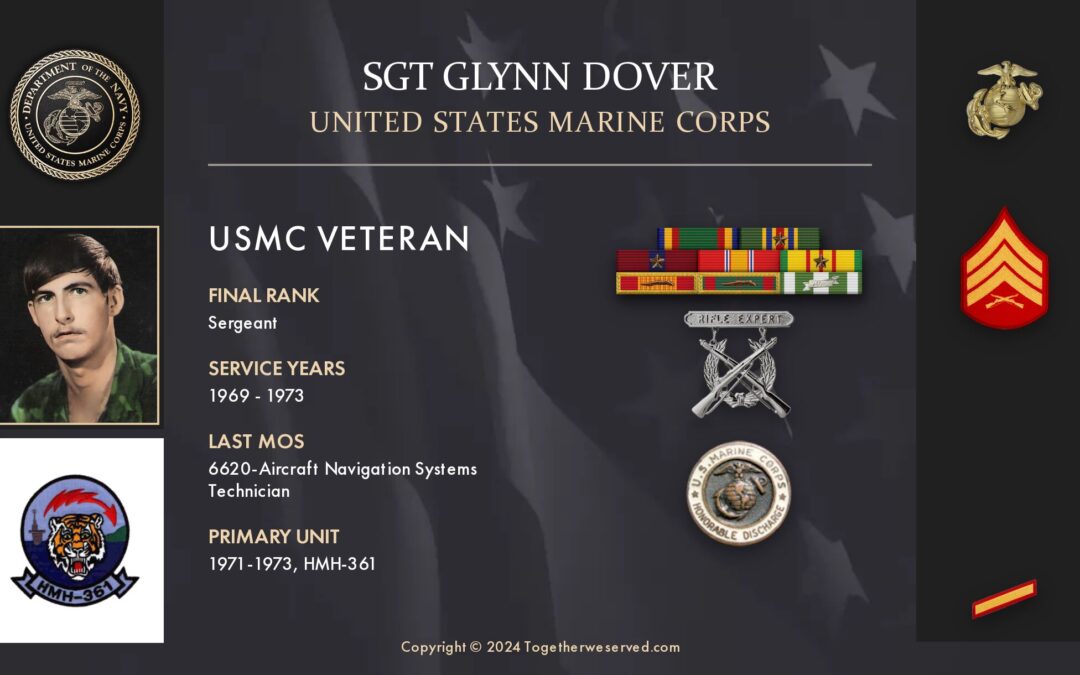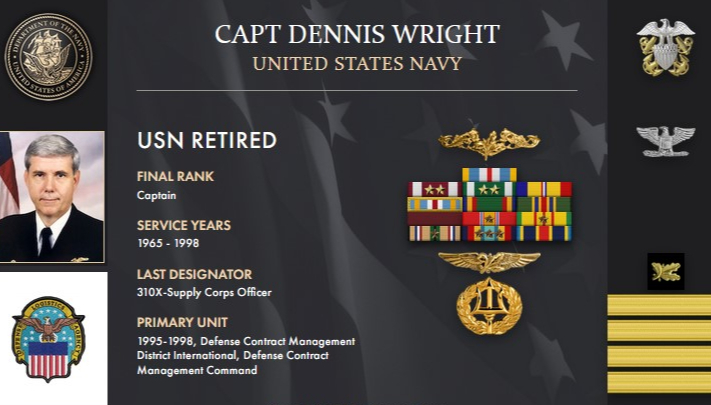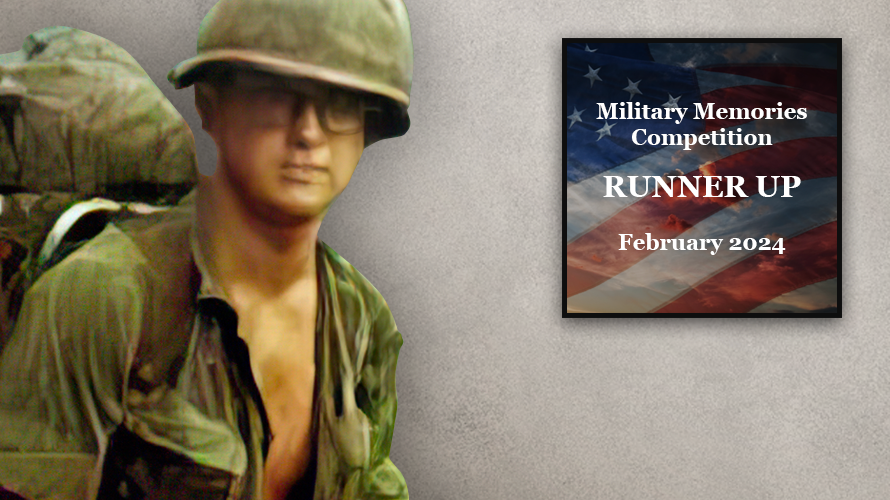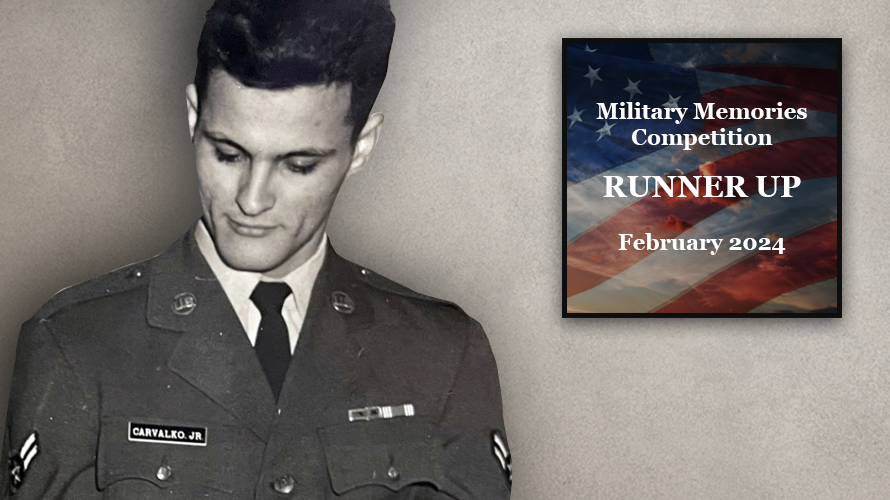PRESERVING A MILITARY LEGACY FOR FUTURE GENERATIONS The following Reflections represents 1LT Frank Lavallee's legacy of his military service from 1966 to 1969. If you are a Veteran, consider preserving a record of your own military service, including your memories and photographs, on Togetherweserved.com (TWS), the leading archive of living military history. The following Service Reflections is an easy-to-complete self-interview, located on your TWS Military Service Page, which enables you to remember key people and events from your military service and the impact they made on your life. Start recording your own Military Memories HERE. Please describe who or what influenced your decision to join the Army. My father was in the U.S. Army Air Force during World War II and was part of a B-17 bomber crew which was stationed at Drew Field in Tampa, Florida. My mother was born and raised in Tampa, so that's how they met in December 1944. They married a few weeks later, and I was born in...
